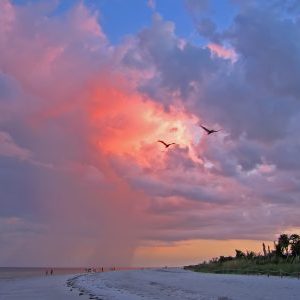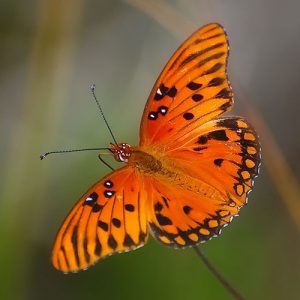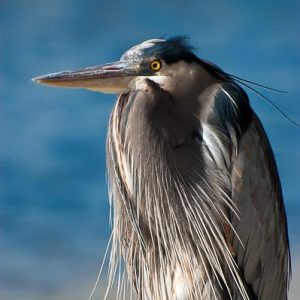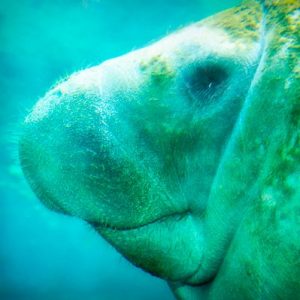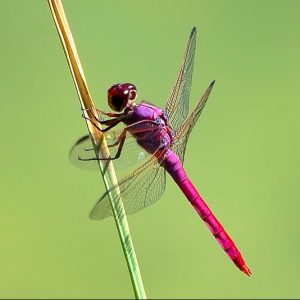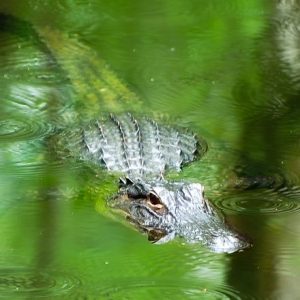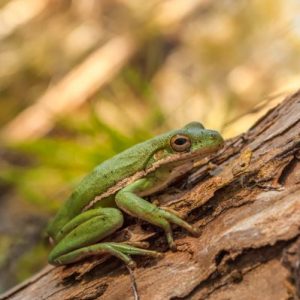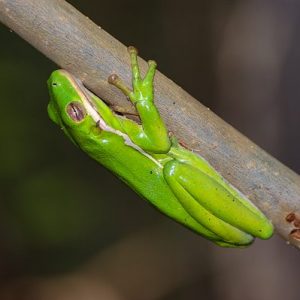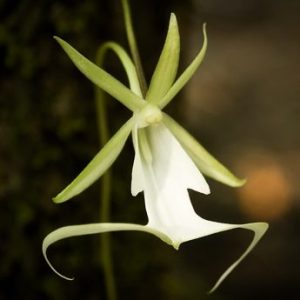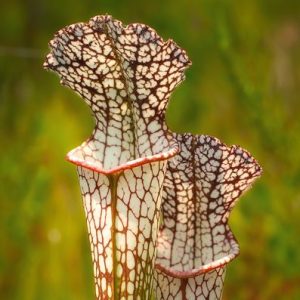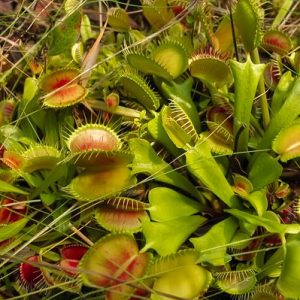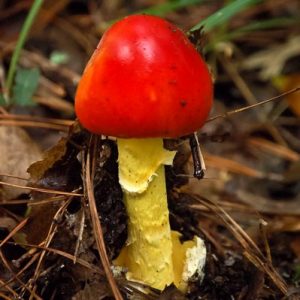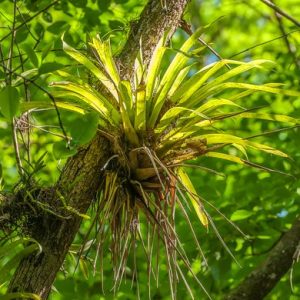Invertebrates
96% of all currently living animal lifeforms alive today are invertebrates. Included are all the insects, arachnids, worms, crabs, shellfish, starfish, corals, and more! One thing they all have in common? No backbone.
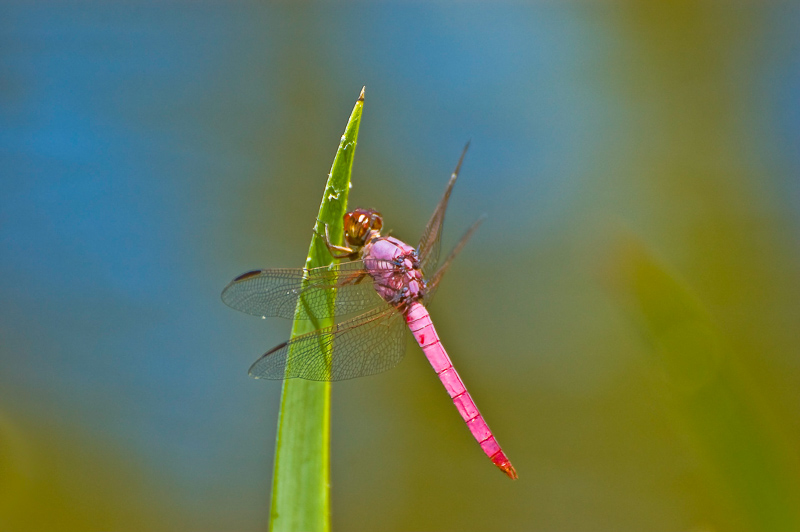
Dragonflies
Dragonflies are strong fliers with broad wings that are held straight out to the sides when resting. Compared to damselflies, they have much bigger, more robust bodies and are often flying out in the open hunting flying prey.
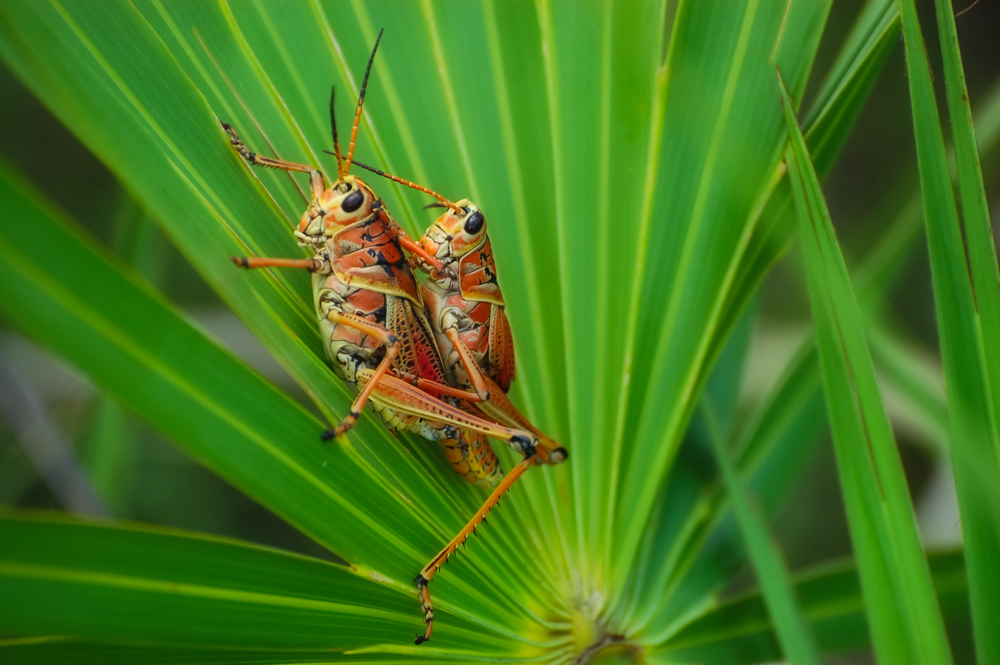
Grasshoppers and Locusts
There’s probably not a person alive who doesn’t know a grasshopper or locust when they see it. But what is the difference between the two? – All locusts are grasshoppers but not all grasshoppers are locusts.
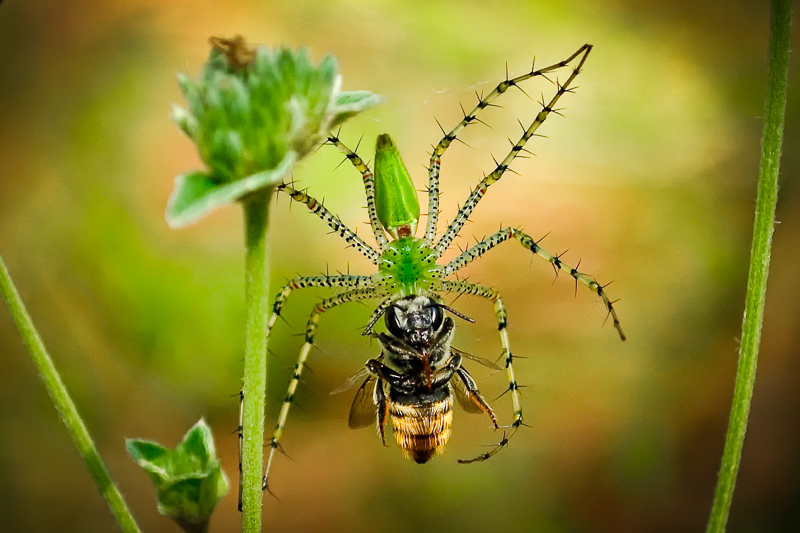
Spiders
Spiders: the source of the term “arachnophobia”. These eight-legged, web-spinning, venomous and usually harmless arachnids almost always get a bad rap. With nearly 46,000 species and a history going back at least 386 million years – we’d better get used to them. They saw the dinosaurs come and go in an instant, and we just got here.
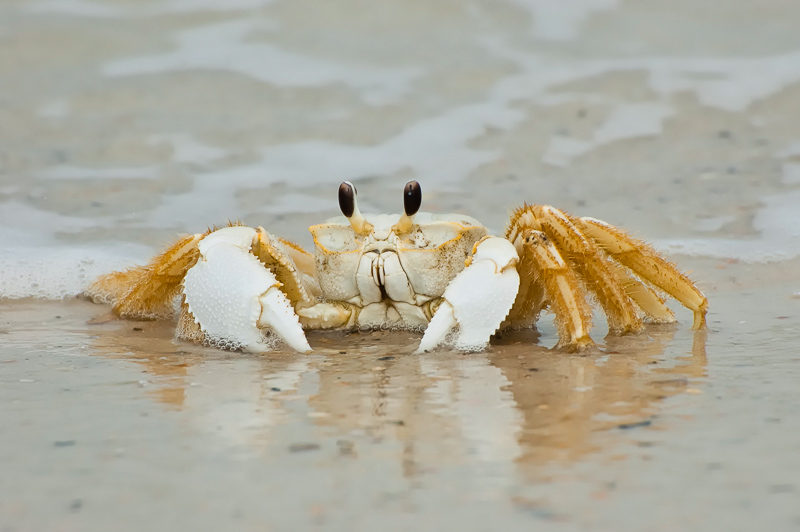
Crustaceans
With roughly 45,000 species found around the world, crustaceans are insect-like arthropods that are mostly associated with water (excluding pillbugs and some other isopods) and include crabs, shrimp, lobsters, crayfish, barnacles, and krill.
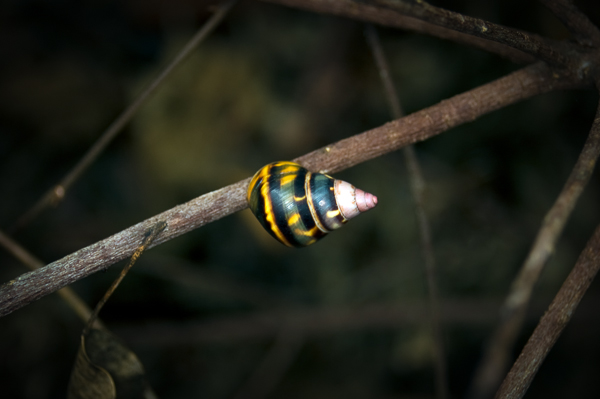
Snails and Mollusks
Mollusks are a large ancient group of mostly aquatic, soft-bodied invertebrate animals including mussels, clams, snails and slugs. More evolved and mobile members of this group include the cephalopods – octopus, cuttlefish and squid. The earliest fossil evidence for the mollusks is found in rocks dating as far back as 541 million years ago!
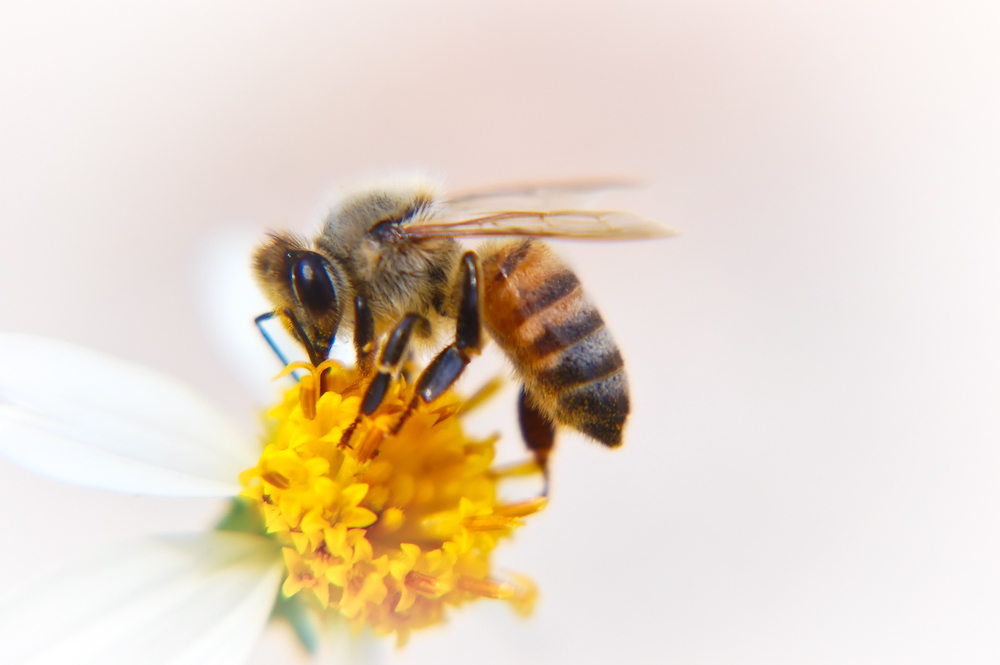
Other Invertebrates
This gallery section is devoted to all of our native arthropod species not covered in the other invertebrate sections in this gallery collection, and is currently in a state of reorganization as new images get sorted and uploaded.

